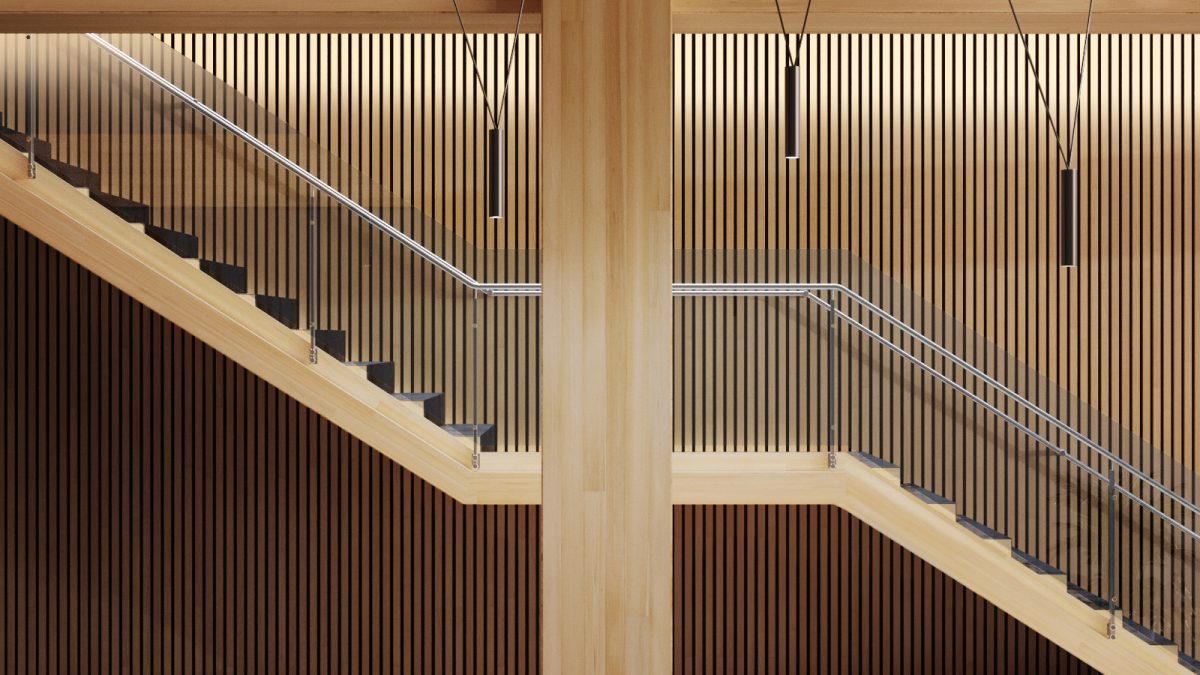Who are the key influencers of Mass Timber construction?

The $426M sector you’ve never heard of
July 27, 2020
Digital Climate podcast with Scius’s Helen Goodland
August 8, 2021Mass timber construction has come to the forefront as a construction method with great potential to both reduce the construction climate footprint and to accelerate the adoption of off-site manufacturing. In British Columbia, in particular, evidenced by the BC government’s recent appointment of a Parliamentary Secretary and a dedicated Assistant Deputy Minister of Mass Timber Implementation to lead the expansion of mass timber construction in the province, there is an increasing recognition that spurring mass timber construction in the province will also help drive innovation and markets for the forestry sector. In BC, almost 300 mass timber buildings have been built since 2007 or are currently in development.
Notwithstanding all the potential that mass timber construction represents, it is still relatively new, and often unfamiliar, to those professionals outside the typical design and construction team but who hold significant power over real estate and construction decision-making. To better understand the issues, concerns, perceptions and blocks to adoption of mass timber that are currently facing “key influencers”, SCIUS undertook a study for British Columbia’s Forestry Innovation Investment that engaged with representatives from five “key influencer” groups: finance and lending; insurance and bonding; property management; marketing and leasing; and property valuation and appraisal. While not directly involved in the construction process, these groups affect financial concerns including lending, insurance and taxation, as well as leasing and ongoing operations, which can all determine whether mass timber can be considered or not.
A lack of familiarity, historical performance data and established codes and practices contribute to a reluctance among some in these groups. Differences between mass timber and light wood frame construction, structural strength, longevity and durability, air quality and acoustics, data regarding environmental impacts, energy efficiency and sustainability and risks of damage due to fire or water along with best practices for mitigation or remediation were among the greatest concerns. In addition, the benefits and advantages of working with mass timber are not consistently understood by key influencers.
As interest in pursuing larger, complex mass timber structures advances with new developments, addressing these issues will aid in streamlining its expansion in the market and strengthen the business case for working with this material. This report provides the findings of the study in greater detail and recommends actions to address them.
Click here to access a copy of the “Needs Assessment of Key Influencers of Mass Timber Construction from the Forestry Innovation Investment website.




